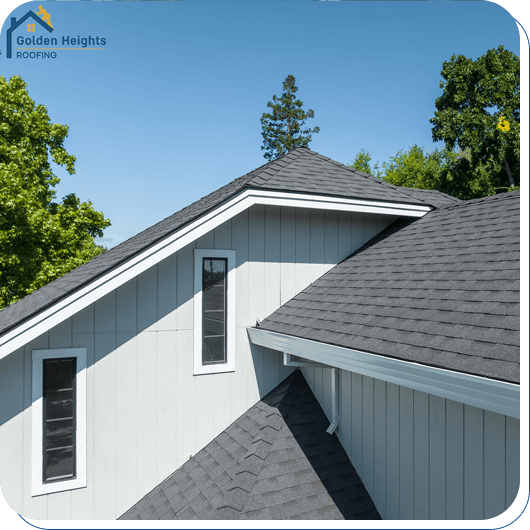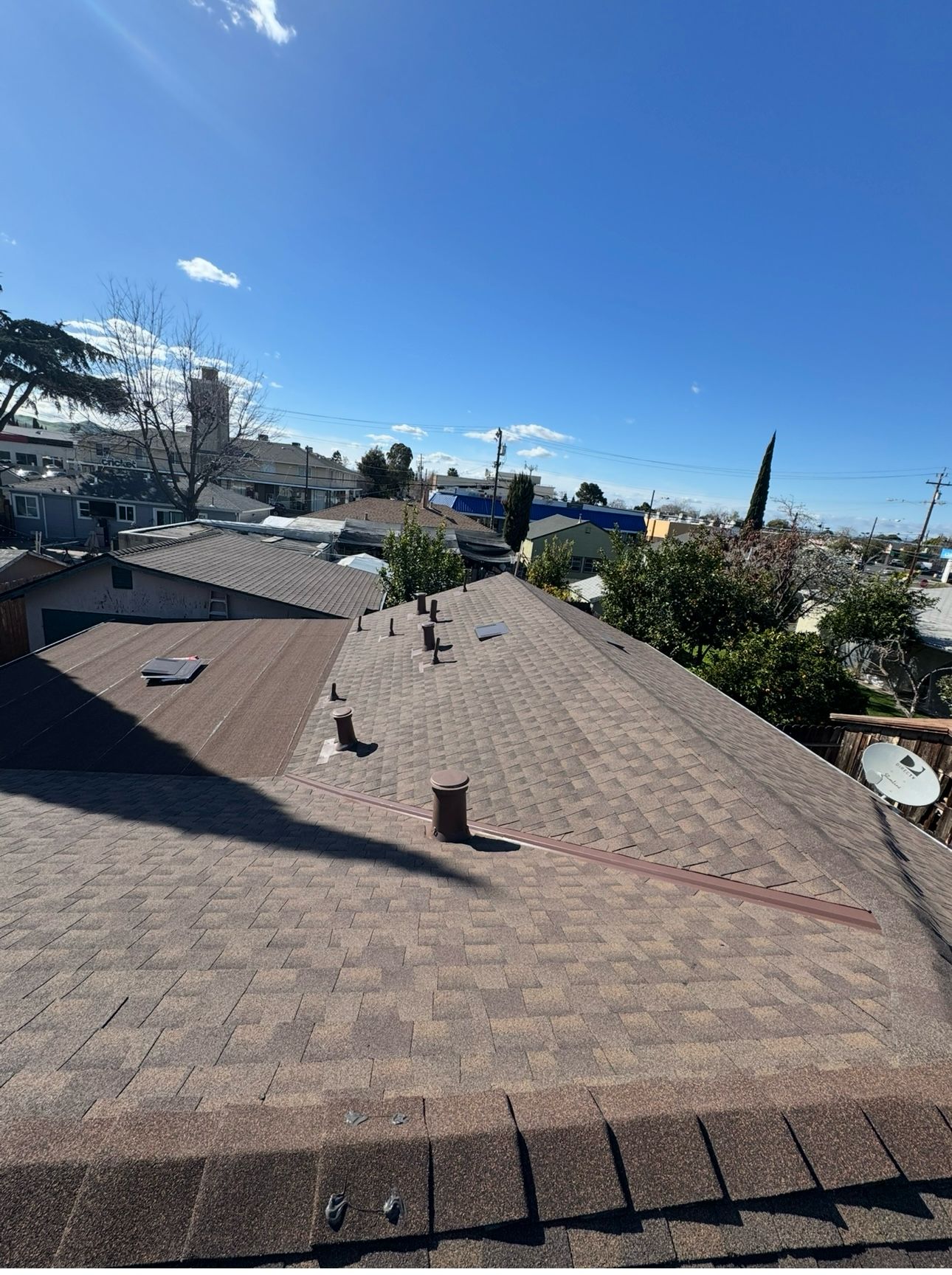
The roof of your home plays a crucial role in its overall energy efficiency. The materials and colors you choose can significantly affect your home’s insulation capabilities and, consequently, your energy costs. Understanding how different roofing options impact energy efficiency can help you make an informed decision that could lead to substantial savings. Let’s explore the key aspects.
1. How Roofing Materials Affect Insulation and Energy Costs
Asphalt Shingles:
Thermal Performance: Asphalt shingles have moderate insulating properties. They are more about affordability than superior energy efficiency.
Suitability: Best for temperate climates where extreme temperatures are not a concern.
Metal Roofing:
Reflectivity: Metal roofs are excellent at reflecting solar heat, especially if treated with a reflective coating. This can reduce cooling costs by up to 25%.
Insulation Options: Installing a radiant barrier beneath the metal can further improve energy savings.
Tile Roofing:
Air Circulation: The natural air ventilation under tile roofing can help improve indoor temperature regulation.
Heat Resistance: Tiles generally absorb less heat, particularly lighter-colored or specially coated tiles.
Slate Roofing:
Longevity and Insulation: Slate’s dense composition offers good insulation, helping to maintain consistent indoor temperatures.
Durability: Though expensive, its longevity can be a good investment in terms of long-term energy savings.
2. Influence of Roof Color on Energy Efficiency
Light vs. Dark Colors: Light-colored roofs reflect sunlight and absorb less heat, making them ideal for hot climates to keep homes cooler. Dark-colored roofs absorb heat and can help homes stay warmer in colder climates.
Cool Roof Technology: Using cool roof coatings can increase the reflectivity of even dark roofs, making them more energy-efficient without sacrificing style.
3. Innovative Roofing Materials and Energy Savings
Green Roofs: These roofs are covered with vegetation that provides insulation and reduces heat absorption, significantly lowering heating and cooling costs.
Solar Tiles: Integrating solar technology into traditional roofing materials, solar tiles generate electricity while offering the aesthetic and functional benefits of standard tiles.
Conclusion
Choosing the right roofing material and color can drastically impact your home’s energy efficiency and utility costs. Consider your climate, the orientation of your home, and local energy costs when selecting your roofing material. Consulting with a roofing specialist can provide you with tailored advice that maximizes your home’s energy efficiency.
For more insights into how you can optimize your home’s energy performance, explore related topics on our blog or consult with our roofing experts.


